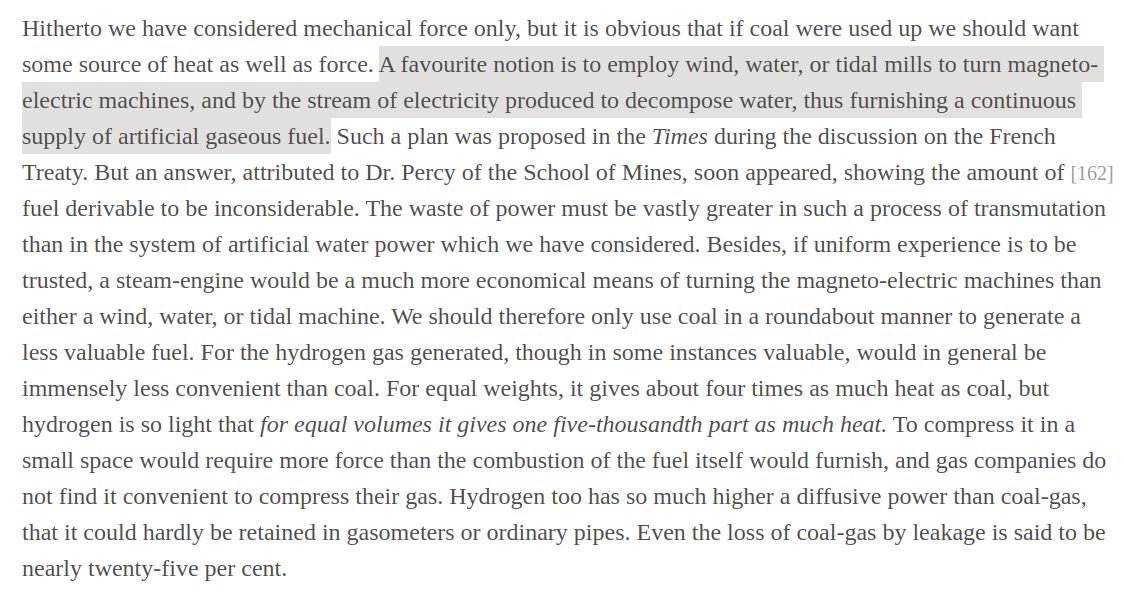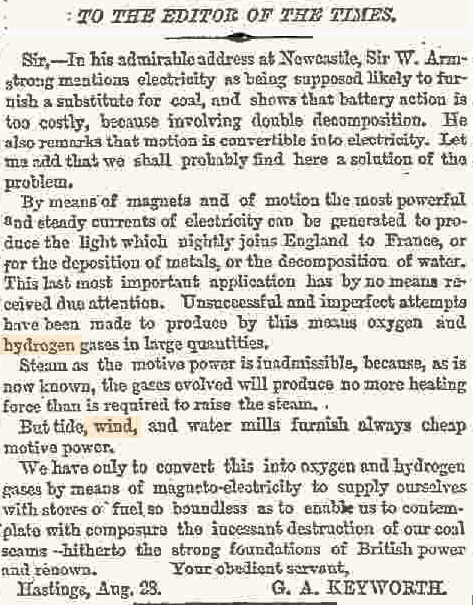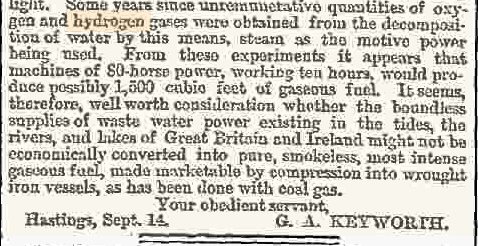
Ever wanted to run an energy system model with your own assumptions?
We've made a simplified version of our 45-node European sector-coupled model available to run online.
It includes renewables, CCS, nuclear, power, hydrogen, biomass, industry, etc.
model.energy/scenarios/
We've made a simplified version of our 45-node European sector-coupled model available to run online.
It includes renewables, CCS, nuclear, power, hydrogen, biomass, industry, etc.
model.energy/scenarios/

You can ask it questions like:
i) At what cost does nuclear take over (around 3-4000 EUR/kW)
ii) What happens if we restrict power or hydrogen grid (costs go up!)
iii) What happens if we relax restriction on carbon sequestration from 200 MtCO2/a (costs go down!)
i) At what cost does nuclear take over (around 3-4000 EUR/kW)
ii) What happens if we restrict power or hydrogen grid (costs go up!)
iii) What happens if we relax restriction on carbon sequestration from 200 MtCO2/a (costs go down!)
See scenarios others have run here:
model.energy/scenarios/resu…
Submit your own scenarios here (takes several minutes):
model.energy/scenarios/subm…
model.energy/scenarios/resu…
Submit your own scenarios here (takes several minutes):
model.energy/scenarios/subm…
To run in reasonable time with open source, there are some strong simplifications:
a) Model is greenfield, e.g. ignores existing generators.
b) Time resolution is sampled for full year at most 25-hourly.
c) Only 45 nodes for Europe (proper model requires 200 for good results).
a) Model is greenfield, e.g. ignores existing generators.
b) Time resolution is sampled for full year at most 25-hourly.
c) Only 45 nodes for Europe (proper model requires 200 for good results).
More info on the original, full model PyPSA-Eur-Sec here (that doesn't include above simplifications):
github.com/PyPSA/pypsa-eu…
Any feedback/comments very welcome, but cannot fix things quickly ;-).
github.com/PyPSA/pypsa-eu…
Any feedback/comments very welcome, but cannot fix things quickly ;-).
PS The online interface is still rough around the edges and the model needs more explanation everywhere (it was an after-hours hobby project).
But the code is open and anyone can contribute to further development:
github.com/PyPSA/pypsa-se…
#freethemodels
But the code is open and anyone can contribute to further development:
github.com/PyPSA/pypsa-se…
#freethemodels
PPS There is more detail and context on the underlying model in this slide deck:
nworbmot.org/energy/brown-e…
nworbmot.org/energy/brown-e…
• • •
Missing some Tweet in this thread? You can try to
force a refresh















